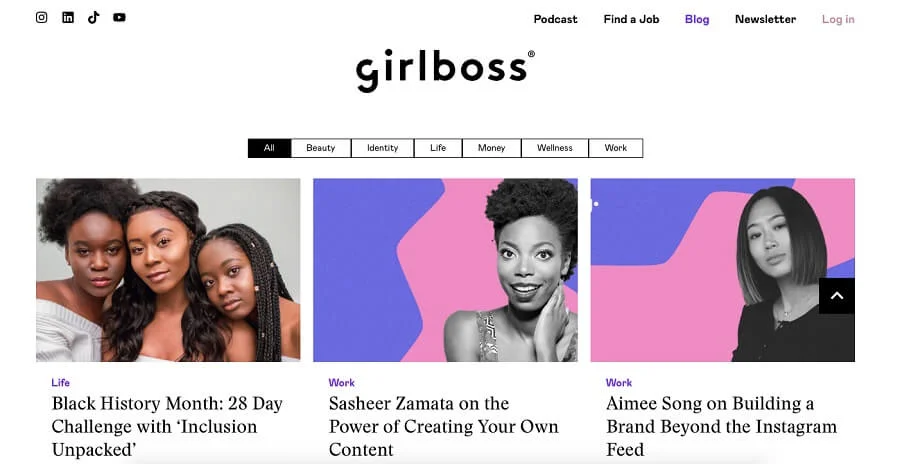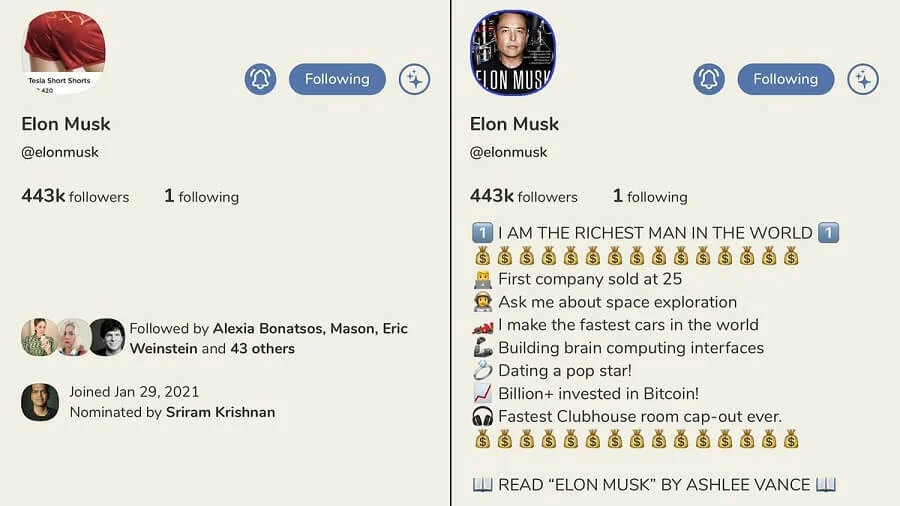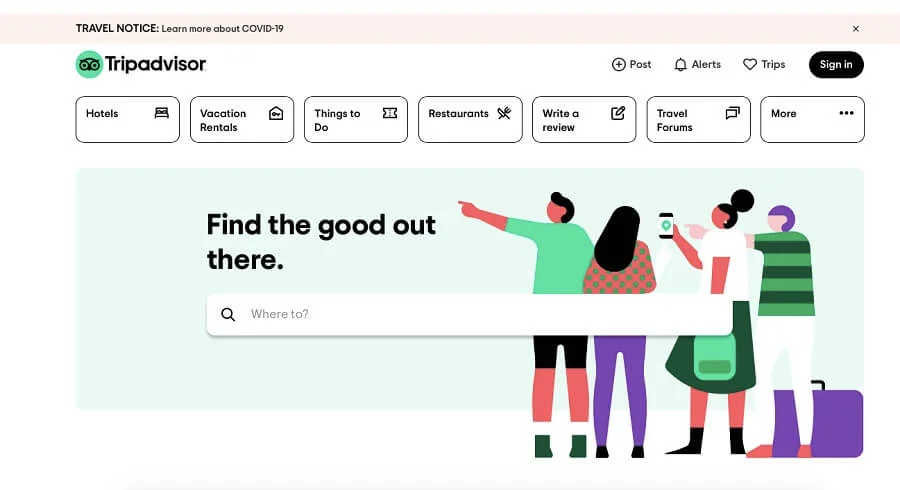“We should be everywhere”, - brands say, posting content on all available platforms. It turns into a rat race: you need to establish your brand on TikTok, then Clubhouse comes on stage, and you should try it, too. As a result, neither of the two platforms brings desired results and your resources are running low.
Information overload makes it more difficult to achieve maximum reach. Moreover, almost all social media these days are trying to keep the users on the platform by creating a multifunctional ecosystem with a variety of tools.
It can only mean one thing for the business: understanding what distributional channels produce a maximum effect is key.
Why do brands need distribution content? It stimulates sales growth, increases reach and brand recognition – especially if the brand is represented by particular experts with a strong personal brand. In this article, we are going to tell you about the main distributional channels that may help to attract clients.
What distribution channels are there?
Online communication channels can be divided into 5 big groups: brand media, corporate social media, media publications, user content, and advertising campaigns.
Brand media
Corporate blog and mail-out.

Content ideas: you can post useful material on behalf of the company’s experts. It can be cases, selections, step-by-step guides, or a column covering controversial and widely discussed topics.
A corporate blog is not always on the official website of the company. It can be on Medium, for example, or on other platforms where it is possible to run a blog. It is important not to post obvious advertising materials.
Options for mailout: it can be a weekly digest of useful articles, personalized mailouts with information that cannot be found on other platforms of the brand. The format of mailouts that sell is not relevant anymore: it can cause a negative reaction and force people to unsubscribe.
Corporate social media
Accounts on all social networks.

What to post: company news, information on new goods and services, expert posts – reviews, recommendations, and entertaining content – quizzes and polls.
Resize content for different social networks. Break interviews posted on Facebook into a series of Instagram posts. If you plan a photoshoot, think about the images for a Pinterest board. Cut podcasts into short audio files for Telegram.
Be among the first on new platforms. TikTok is new to the market – find suitable content; everyone has left for Clubhouse – join in while it is trending. It is far from certain that any platform will stay in demand, but testing it is a must.
Media publications
Posting materials in media and on blogs for free
What to post: reviews, feedback, interviews, beginner guides, cases, statistical data, thematic studies, trends, experiments, checklists, questions, and answers.
PR-strategy is built on the key tasks of the company. You shouldn’t strive for media popularity and high reach. Sometimes a couple of posts in regional media will give you more than a publication in an online edition of a big publishing house.
Offer structured material. Don’t only propose a topic of your future article to editors, but also a text plan. Add information on how you are going to prove your point – numbers, and studies; introduce experts and specify the column you are writing for.
User content
User feedback on specialized websites and in private social media profiles.

Content ideas: ask users to leave fair reviews mentioning the brand, monitor review websites, and react professionally to all types of negative content.
Deal with negative comments. It doesn’t mean deleting comments and pretending nothing has happened. Communicate with the audience on behalf of the brand, face criticism, answer questions, deal with complaints, and provide expert support.
Motivate the users to leave a review. Offer a bonus or a discount for future services. Suggest the users being the first ones to try out a new service or product. Most importantly – post fair reviews, not fake ones: it increases trust.
Paid placement
Advertising and barter from bloggers and influencers as well as paid posts.
Content ideas: define the advertising formats used on the chosen platform, its technical requirements, and solutions suitable for solving your task. Barter placement can be possible if the brand provides goods or services.
Double-check the information from the media kit. Pay attention to the number of comments and Story views if you are choosing a blogger. If it is a media, user activity in comments and on social media as well as reach matters.
Track effectiveness. To evaluate the number of sales, some requests should be taken into consideration. To be able to track it, add convertible elements to advertising materials – links with UTM parameters, banners, calls to action, and promo codes.
How to choose a channel for content distribution
It is important to proceed depending on the brand’s goals. If it is a startup, you’d better place a stake at reach (advertising campaign on social media) and expertise (posts on thematic blogs and in media).
| Why post? | Pitfalls | |
| Brand media | Work on brand reputation: loyalty. | It requires some time to build and develop trust. |
| Corporate social media | Engage in cooperation with the users. | Active promotion requires a budget. |
| Media publications/b> | Show expertise on the market, make a point. | At the start of the project, there are a few topics media can be interested in. |
| User content | Real-world communication with the audience; search for brand ambassadors. | Feedbacks can be negative, there is a reputational risk |
| Paid for placement | The fast growth of the audience, quick start thanks to increased reach. | Significant ad fatigue, banner blindness. |
Assess the relative value of each channel before posting any content there. It is worth organizing a document where you record the following moments: platform → target audience → aims → publication format → evaluation parameters → KPI.
Aims can be different. To strengthen brand reputation on the market, post expert material on popular platforms. If you want people to get back to you, use platforms where it is easier to attach a link to your website.
You shouldn’t expect fast results. If you work on improving brand recognition, your only KPI will be long-term work with different platforms.
To increase the number of mentions, mass media promotion is a good idea: mentions in news media or by micro-bloggers. What matters here is not only the quality of the chosen platforms but also the maximum number of placements.
When you choose a platform, you should not only evaluate its traffic but pay attention to its theme, material presentation, and audience statistics to identify core active users.
How to analyze the target audience
You can analyze the audience, total reach, the number of people subscribing and unsubscribing, and other metrics relevant for the choice of the platform with the help of the following services.
- Telegram analytics. Find a telegram channel by its name and analyze the statistics.
- SimilarWeb. A service for web-analytics and deep data analysis.
- Publer. A service for monitoring advertising posts, teasers, and community analytics.
- Brand mentions on social networks. It is always a good idea to monitor mentions on social media.
The first steps of content distribution
- Write down the tasks of the brand. For each task, find platforms for content distribution, target audience, collaboration options, and intended KPIs.
- Look into the material presented. Understand what content formats will be suitable for the chosen media: instruction cards, long reads, partner mailouts.
- Find out what content works successfully. For example, an interview with an influencer was actively shared with friends or a Q&A session in Stories of a blogger improved sales with a promo code.
- Make a plan on how to scale a successful experience. It is a good idea to arrange a single document where you record the main metrics for all the posts you have made.
- Do not expect fast results. There is no universal set of tools for content distribution. It is important to test different types of content promotion to find efficient communication channels.






